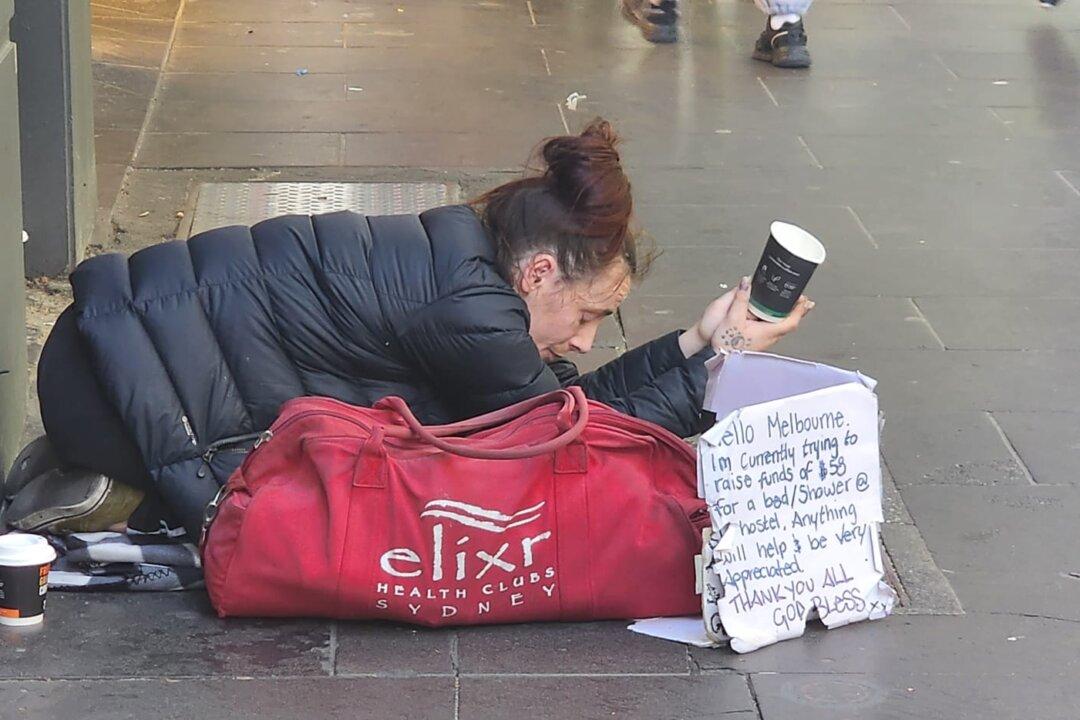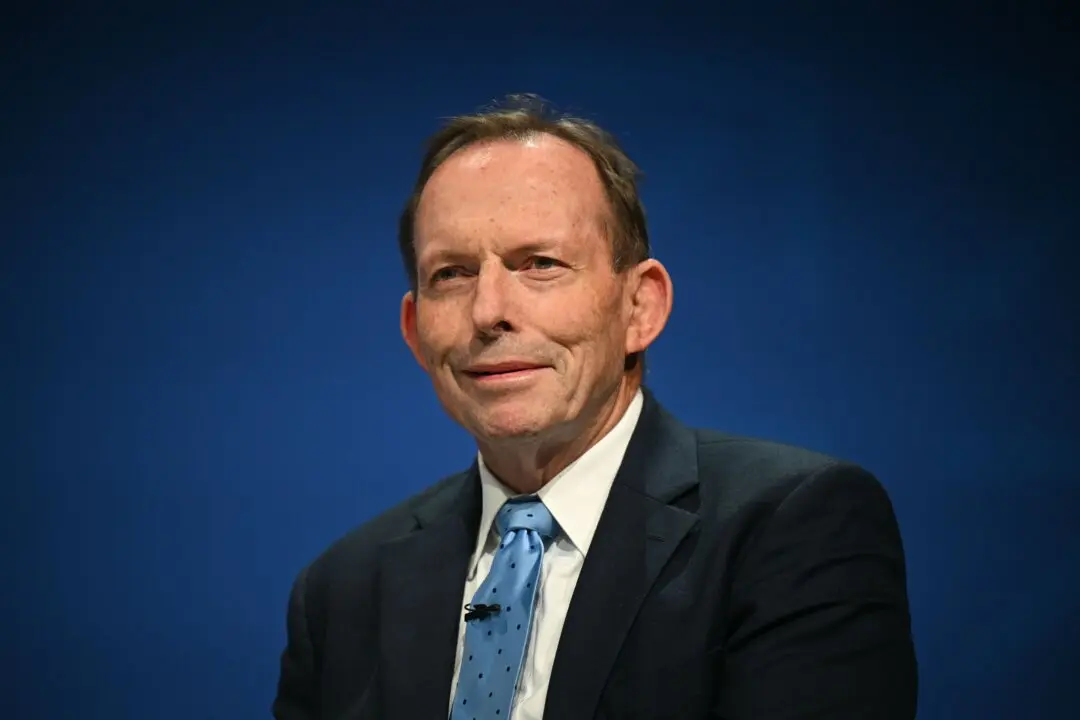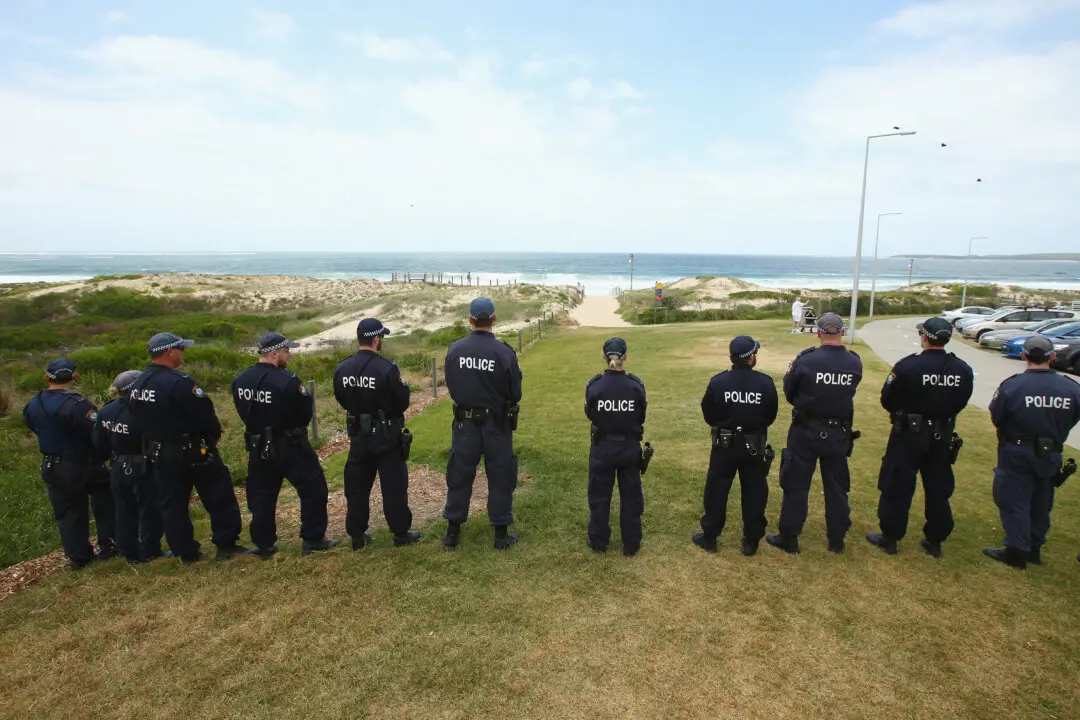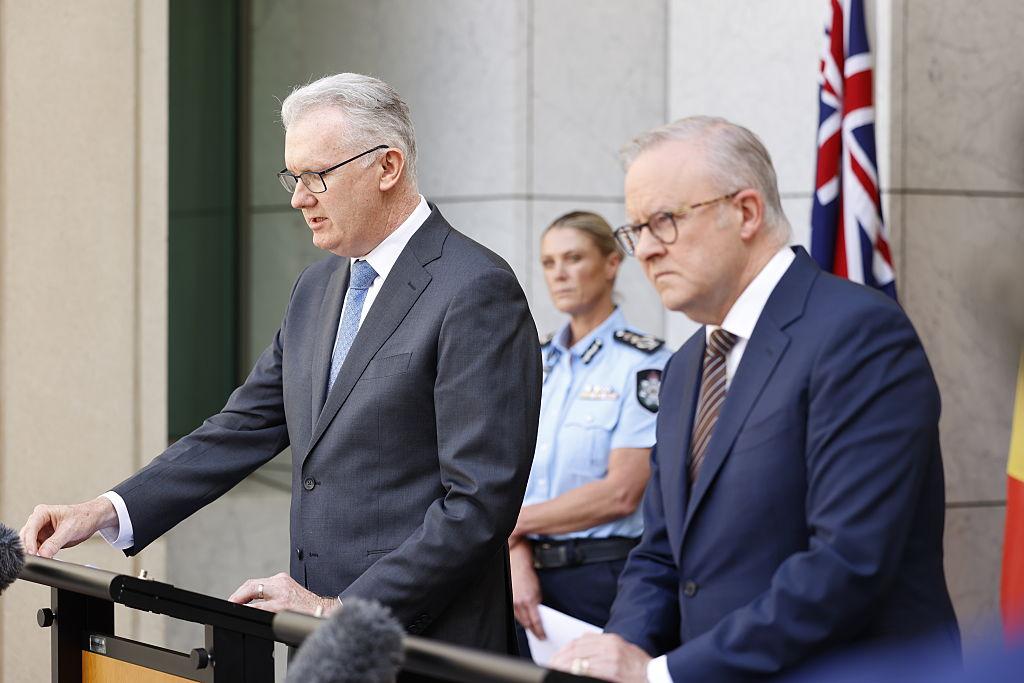Homeless people face a significantly higher risk of dying, particularly from accidental poisoning and suicide, compared to the general population, according to a new study by the Australian Institute of Health and Welfare (AIHW).
The study found that they die much younger than most Australians, with mortality among this group rising by 63 percent over the past decade.





